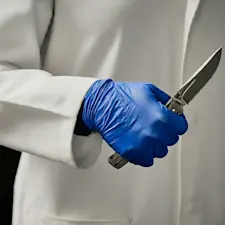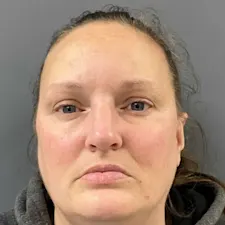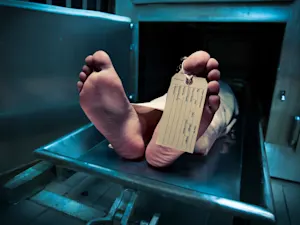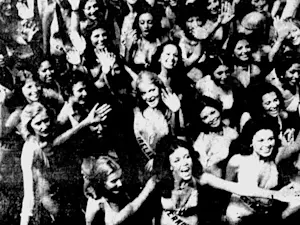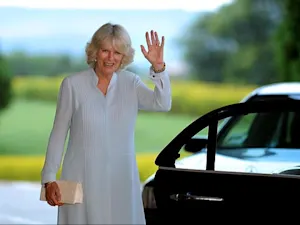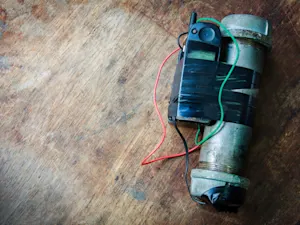
Why Did Ted Kennedy Wait 10 Hours to Report Chappaquiddick Incident?
Edward Kennedy, 1968. Photo courtesy of Power Photos. Public domain.
Few events in American political history have captured the nation's attention, quite like the Chappaquiddick incident. Involving one of the most prominent members of the Kennedy dynasty, this tragic event on a quiet Massachusetts island would forever alter the course of Senator Ted Kennedy's life and career.
The Night of the Incident
On the night of July 18, 1969, Senator Edward "Ted" Kennedy, then 37, attended a party on Chappaquiddick Island, near Martha's Vineyard, Massachusetts. The gathering was a reunion for six women who had worked on Robert F. Kennedy's 1968 presidential campaign, affectionately dubbed the "Boiler Room Girls," and a few male friends, including Ted. Among the attendees was 28-year-old Mary Jo Kopechne, a former campaign staffer with a promising future.
As the evening wore on, Ted offered to drive Kopechne back to the ferry. What happened next is still shrouded in mystery and controversy. While driving down a narrow dirt road, Ted's black Oldsmobile veered off Dike Bridge, plunging into Poucha Pond. The car flipped over, trapping Kopechne inside.
The Aftermath
Ted managed to escape the submerged vehicle, and he said he dove down multiple times to try to save Kopechne before swimming back to the party and returning to the car with a cousin and his friend, who tried again to rescue her unsuccessfully. Some 10 hours later, he notified the authorities. When the vehicle was discovered, it was too late for Kopechne.
Ted's delay in reporting the incident became the focal point of public outrage and speculation. In a prepared statement broadcast around the country, he explained that he had been in shock and not thinking clearly: "I was overcome, I'm frank to say, by a jumble of emotions: grief, fear, doubt, exhaustion, panic, confusion, and shock," according to PEOPLE.
While Ted did not immediately notify the police after the incident, several calls were made that night. According to The New York Times, numerous calls charged to Ted's credit cards were placed from phones at the rented cottage and his hotel. These calls were directed to Ted's staff, friends, family, advisors, and lawyers. In the hours following the crash, a group of these individuals gathered at the Kennedy family's compound in Hyannis Port, Cape Cod, to strategize on how to protect Ted's political career, many believe.
The incident quickly became a media sensation, with nationwide headlines speculating on Ted's truthfulness and the night's events. The story was further fueled by the Kennedy family's storied history of tragedy, with Ted Kennedy already having lost three brothers to violent deaths — Joe in World War II, John F. Kennedy to assassination in 1963, and Robert F. Kennedy, also assassinated, in 1968.
Legal and Political Repercussions
Following the incident, Ted pleaded guilty to leaving the scene of an accident which resulted in personal injury. He received a 2-month suspended jail sentence, widely criticized as a slap on the wrist. The court of public opinion was less forgiving, with many Americans viewing the incident as an example of the Kennedy family's perceived sense of entitlement.
The Victim's Legacy
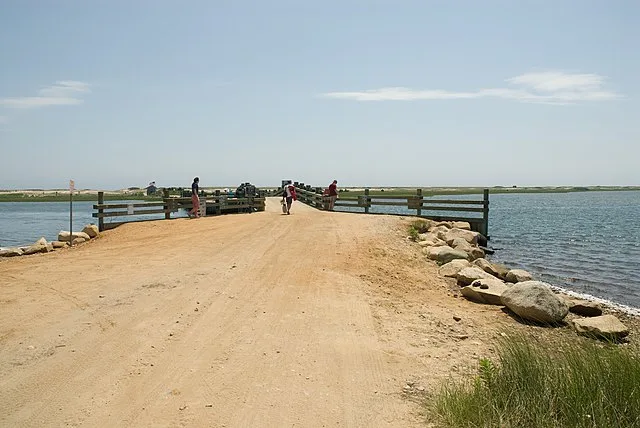 Dike Bridge, Chappaquiddick Island, Martha’s Vineyard, Massachusetts. Photo by Alex Wilcox Cheek under CC BY-SA 4.0.
Dike Bridge, Chappaquiddick Island, Martha’s Vineyard, Massachusetts. Photo by Alex Wilcox Cheek under CC BY-SA 4.0.
The Chappaquiddick incident left an indelible mark on Ted's political career. While he remained an influential figure in the U.S. Senate for decades, earning a reputation as the "Lion of the Senate" for his legislative achievements, the incident remained a blot on his record. In the years that followed, it became a defining element of his legacy, symbolizing the complexities and contradictions of his public life. Ted had presidential aspirations before Chappaquiddick, and many believe the incident ruined his chance at the Oval Office.
Kopechne's family continues to seek justice in her memory. Her cousin Georgetta Potoski, along with her son William Nelson, authors of the 2017 book "Our Mary Jo," remain committed to uncovering answers.
"In the early days, when you searched for Mary Jo online, the focus was always on her being the daughter of an insurance salesman, a devout Catholic, and a secretary to Bobby Kennedy," Potoski told PEOPLE in July 2021. "The narrative was always centered around Ted Kennedy. But now, when people research her, they're beginning to see how accomplished and talented she truly was —far more than just a secretary. We want people to understand who she was and what she stood for."
To honor Kopechne's legacy, Potoski and Nelson established a scholarship in her name at Misericordia University in Dallas, Pennsylvania. The scholarship reflects Kopechne's passion for education and her dedication to helping others, highlighting the person she was beyond the tragedy.
"Mary Jo was a teacher in Alabama before she moved to Washington, D.C., to work in politics," Nelson said, as reported by PEOPLE. "She cared deeply about education and making a difference in people's lives. We want her to be remembered for what she believed in."
Unfortunate Conclusion
The Chappaquiddick incident remains one of American political history's most perplexing and controversial events. Kopechne's death and the unanswered questions about that fateful night have kept Chappaquiddick in the public consciousness. The event has been the subject of numerous books, documentaries, and even a 2017 film, "Chappaquiddick," which reignited interest in the case and introduced it to a new generation of Americans.
References: Chappaquiddick's Echoes | Why the True Story of 'Chappaquiddick' Is Impossible to Tell | The Real Story of Chappaquiddick: Revisiting the Shocking Kennedy Scandal That Left One Woman Dead






